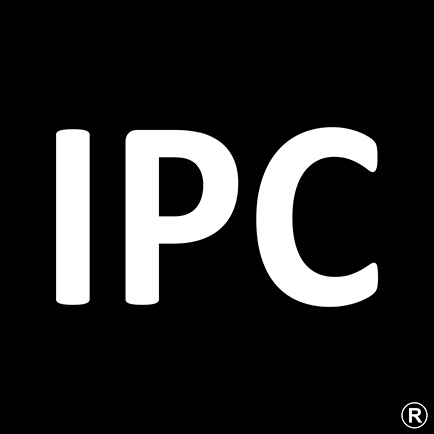When PVC compounds for extrusion or injection purposes are defective, it can lead to a host of problems in production. To ensure that these defects don’t slip through the cracks, reputable PVC compound suppliers like IPC implement rigorous quality control measures.
What Kinds of Problems Do PVC Defects Cause?
When a PVC compound is defective, the material’s performance can be affected due to weakness in its structural integrity. This means that the strength and reliability of the product become compromised, making it prone to cracks and failure under pressure. It can also cause them to succumb more quickly to wear and tear and chemical degradation.
Furthermore, defective PVC compounds can cause aesthetic flaws in the finished product, such as colour inconsistencies and surface imperfections.
Production inefficiencies occur when a PVC compound is defective, resulting in delays. It might even result in complete rejection of the final product during quality control, which can significantly increase costs.
Types of Defects
Common visual defects in PVC compounds include issues like “fish eyes” or gel formation where portions of the PVC compound don’t fully melt and mix, resulting in rough spots and pockmarks.
Burning or discolouration can also occur when the compound is not properly suited to the temperatures and processing methods used during manufacture.
Other problems include porosity or void formation, where tiny air pockets and bubbles form in the material. Warping and distortion can also occur.
Other non-visual defects might only become apparent during the testing phases, such as brittleness in a product that is meant to be flexible, for example.
Quality Control Methods
Various scientific testing processes go into ensuring a high-quality PVC compound.
This starts before production even begins, where all raw materials, from resins to stabilisers and plasticisers, are tested to ensure that they do not contain any impurities and that they are consistent throughout. Here, a technique called Fourier-Transform Infrared Spectroscopy is used to check the chemical composition.
Rheological testing is then carried out to check the flow properties of the PVC compound and to ensure that it behaves as expected when extruded or injected. The melt flow index at this stage helps identify whether the compound flows the way it is supposed to.
Thermal stability testing is also conducted to ensure that the PVC compound doesn’t burn or degrade when heated and handled. Stabilisers are tested to ensure that they are effective at the required processing temperatures. Nearing the end, thermogravimetric analysis is used to ensure the product has the thermal qualities required.
Once a compound is manufactured, it is subjected to mechanical testing to ensure that it has the necessary impact and tensile strength according to the compound’s specifications. The most common tests on PVC compounds would be to ensure the Shore A Hardness and the Specific Gravity (Density) are aligned to the specifications required.
Finally, a visual and surface quality check is conducted to ensure that the extruded or moulded products do not exhibit any visual defects. Microscopic examination and automated inspection systems help carry out this process.
If you’re looking for the highest quality PVC compounds for extrusion or injection moulding purposes, contact IPC today.


